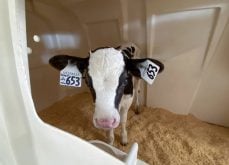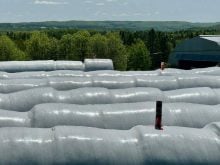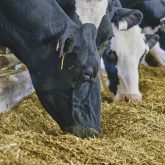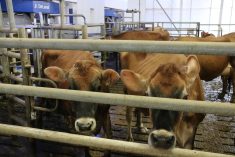New genetic sequencing research shows that stable flies carry pathogenic bacteria associated with mastitis.
Petri dish research is now supplemented with gene sequencing in the bacteriology lab so a team of scientists at the University of Wisconsin decided it was time for an update to the understanding of relationships between dairy barn-dwelling flies and milk yield-robbing mastitis.
Why it matters: Mastitis in dairy cattle not only decreases milk production but can also represent a significant health issue that, in the most serious cases, can be fatal.
Read Also
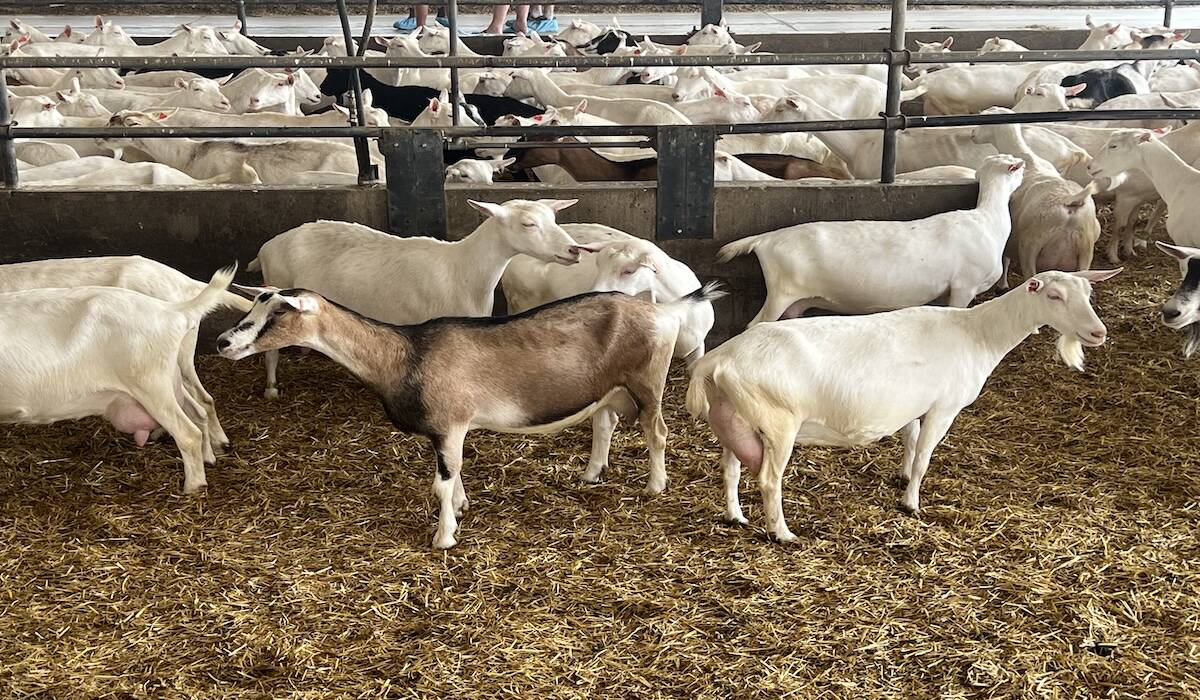
Ontario dairy goat producers move toward forming provincial board
Creation of a Dairy Goat Board under the Ontario Farm Products Marketing Commission may be voted on by early 2026.
The University of Wisconsin team published its results in the June 26 edition of the scientific journal Microbial Ecology.
University of Wisconsin-Madison researchers Dr. Kerri L. Coon and PhD candidate Andrew Sommer explained their initial goals included determining which bacteria species are prevalent within the microbiome of biting dairy barn flies, as well as determining if those flies acquire bacteria via interactions with manure. Manure is a larval habitat for flies and as a major reservoir of pathogenic bacteria.
“While flies have long been circumstantially linked to mastitis and other diseases, there is actually very little research on the microbiome of biting stable flies,” they said in an email.
The challenge is now to determine what risk there is to cattle and humans who care for them.
“Most people have an intuitive understanding that flies are ‘gross’ and may harbour germs, but we want to go a step further to determine how exactly they pose a risk,” Coon and Sommer said.
“Adult stable flies are obligate blood-feeders and may regurgitate bacteria while feeding, which could pose a direct risk to cattle. Conversely, adult non-biting fly species may be more likely to carry specific bacterial pathogens as they opportunistically feed on manure, but may have fewer opportunities to directly spread the pathogen.”
Most of the work on flies as potential vectors of mastitis pathogens occurred in the mid-20th century before the invention of modern sequencing technologies. These studies identified (non-biting) house flies (also plentiful in North American dairy barns) as carriers of mastitis-associated bacteria using purely culture-based techniques – meaning isolating the bacteria present in the flies to determine each species.
For the study, flies and manure samples were collected weekly in two research farm locations: the UW-Madison Dairy Cattle Center in Madison and the Blaine Dairy Cattle Center in nearby Arlington. Coon and Sommer described it as the first study of its kind and their techniques allowed them to accurately compare the fly microbiota with that of the manure.
“Although our study could not address whether fly-associated strains were genetically identical to isolates from these mastitis cases, the enrichment of bacterial lineages associated with bovine mastitis in the (stable fly) microbiota strongly suggests that flies act as bona fide carriers,” the article says.
The researchers told Farmtario that determining how to respond to these findings “is an important, but difficult question to answer.”
Next up from the team is a full examination of the genetic-based microbiota in non-biting dairy barn flies, taken from the same sampling locations.
“We’ll also be teaming up with collaborators at the UW-Madison to examine how existing mastitis management practices impact pathogen carriage by flies on dairy farms within and outside of Wisconsin.”
An article on Veal Farmers of Ontario’s calfcare.ca website cites both mastitis and pinkeye as diseases that can be spread by flies in dairy settings. The article advises “preventing a (fly) population build-up (by) controlling and eliminating flies at early life stages” because it’s “easier than controlling established populations.
“Flies breed on wet organic matter such as wet bedding, manure and spoiled or spilled feed. For this reason, keeping all areas free of organic matter should be the first step in fly prevention and control.”
There’s an approximate three-week cycle for a fly to go from egg to maggot to adult. “Manure and soiled bedding should be removed from the barn as far as possible,” the VFO article says. “Composting and turning or tilling a compost pile weekly should prevent flies from reproducing.”
Preventing a crust from forming on the surface of liquid manure will eliminate (fly) breeding sites.






